If a phone has Snapdragon 8 Gen 1 processor, twin 50MP back cameras, 60MP selfie camera, 60-144Hz screen refresh, support for 68 watt charging speed and Wi-Fi 6e you’d expect it to cost $1500-$2000 these days but the new motorola edge 30 pro gives you all of these for $999.
Specifications are all well and good though, read on to find out how this phone was like to use in real life and what Motorola had to cut out to meet the sub $1000 price point.
Unboxing and Setup
Value for money starts straight away during unboxing as you’ll find a 30W fast charger, USB-C basic earbuds, plastic case and USB C cable. None of these would be in an Apple or Samsung flagship phone box.
Setup is easy as Motorola phones offer a plain vanilla Android experience, you won’t find lots of bundled bloatware or any duplicate apps like Samsung calendar.
There are some nice optional customisations possible via the Moto app such as Moto Gestures and Attentive Display which prevents the screen from dimming or turning off while you look at it.
What it’s good at
Speed. You won’t lack it on the moto Edge 30 Pro as it has the fastest available 4mm Snapdragon 8 Gen 1. Nothing I used the phone for was slow.
5G speed was so high I could only do a handful of tests otherwise I would’ve used up all my data quota and been limited to 1.5 megabits for the rest of the month. As you can see close to the Optus 5G tower the speed was phenomenal, and on the edge of 5G coverage it was still competitive with a 50/20 NBN plan.
Another speedy feature is the 10 bit billion colour HDR10+ capable pOLED adaptive screen refresh rate which goes from 60-144Hz resulting in super smooth scrolling and should be excellent for gaming (I only play word games which are not high FPS). I’m not aware of another phone for sale in Australia that can go as high as 144Hz refresh.
I don’t often mention this in phone reviews but it was notable how clear voice quality was during normal calls and using the speakerphone so several family members could talk from near the phone and a few metres away and still be heard clearly at the other end.
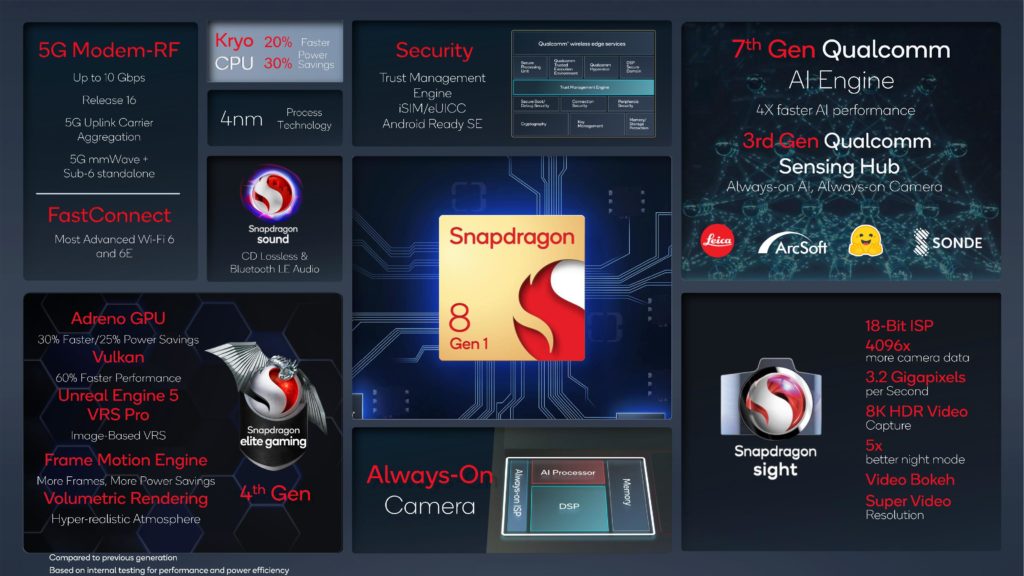
We’ve all gotten used to under display fingerprint reader as a standard approach for high end phones. moto has done something different in the Edge 30 Pro moving the fingerprint reader to the surface of the side power button where it functioned really fast without any failures.
If you don’t open the “Ready For” moto app you’ll miss out on some very clever DeX like functionality that let’s you connect the Edge 30 Pro via HDMI USB-C cable or wirelessly to a TV or Windows 10/11 computer for work, gaming, video watching, video calls and more eg nifty auto subject tracking if you’re recording video of yourself with a tripod.
Daytime photos are good for normal wide and macro, with moto offering users the standard Google camera app.
Mentioning macro it should be noted that because closeups are taken with the same 50MP sensor used for Ultrawide shots, the image quality is vastly better than Macro photos taken by many midrange phones that only have a poor 2MP Macro camera.
As you can see in the Dragon street art, when photographing sunny/shady subjects the camera will nicely expose the image for either the highlights or shadows depending on where you press your finger to tell it to focus.
What could be better?
When a phone like this Edge 30 Pro is priced at $999 and other phones that are top of the line from Samsung, OPPO etc cost at least $250 (or a lot more) that means some of the moto specs have to be weaker to be able to still make the phone at a profit.
Storage is 128GB with System taking up 13GB and there’s no expansion slot so you have limited space for all your apps, files, movies and music. For many people that will be enough but if you store lots of high res music, videos or photos locally rather than in the cloud then you’d be better off with a phone that has 256GB storage.
Similarly 8GB of RAM is enough for most people but if you play a lot of RAM hungry games or multi task between many RAM hungry apps then a phone with 12GB RAM might be more suitable for you.
Charging speed with the bundled 30W charger is about 1 hour from flat to filling the 4800mAh battery. The edge 30 Pro is capable of charging at up to 68W if you have a USB-C charger capable of that. Motorola Australia said that they bundled the 30W charger because the 68W one sold overseas couldn’t be certified here in time.
With good results during dusk and only OK at night, hopefully software updates can improve night photo quality as the camera sensor specs are solid. The main camera has no optical zoom at all which is likely a cost cutting measure.
You can zoom in on the camera app up to 10x but don’t be tricked. Remember this phone doesn’t have a separate actual optical telephoto zoom lens. Just Macro, Wide and 1x normal.
All the photos you take using 2x, 5x, 10x are just smaller and smaller crops of the 1x Normal 50MP camera sensor result. As you can see below the first photo is the original and the zoomed next two photos are progressively fuzzier as they’re just crops.
While the phone has Gorilla glass protection on the front and back it’s only generation 3 front and 5 back, the current best Gorilla Glass Victus is generation 7.
The IP52 rating is another area that costs have been cut so don’t drop this phone in the garden or get it very wet. The 5 means ingress of dust is mostly but not entirely prevented and 2 means dripping water (vertically falling drops) shall have no harmful effect.
Software updates are another area where you get less than some other Android brands as Motorola is promising 2 Android OS updates (so up to Android 14) and 3 years of security patches. On the other hand after 3 years most phone batteries start to lose a bit of capacity and you probably want to upgrade by then.
Oppo’s software update promise for Find X is at at least 2 newest Android versions and 4 years of security updates, Samsung’s promise for flagships is Android OS updates for 4 years and security patches for 5 years, while Google promises Android OS updates for 3 years and security patches for 5 years.
Should you buy the moto Edge 30 Pro
If you have $999 to spend should you buy the moto Edge 30 Pro or the S21 5G FE I reviewed recently?
I’d say Yes to moto if you can make a lot of use of Ready For and/or utilise the top of the line Snapdragon 8 Gen 1 processor platform, speedy 5G data transfers and 144Hz refresh screen eg: for gaming and content creating all day with multimedia posts on social media.
For those of you who don’t push the capabilities of their phone hard the S21 FE 5G is a safe solid choice that is 20 grams lighter than the 196 gram edge 30 Pro and gives you the peace of mind that you’ll get an industry leading 4 Android OS updates and 5 years of security updates.


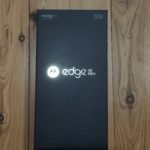
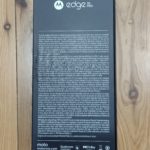
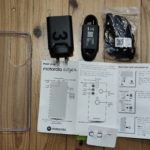




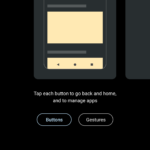
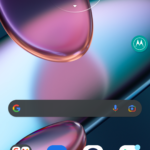
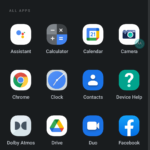

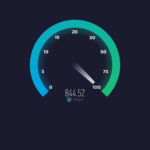

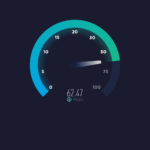
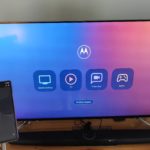
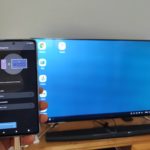

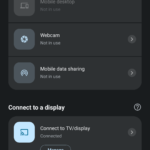

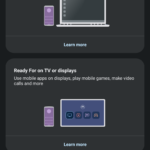
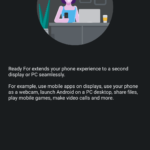
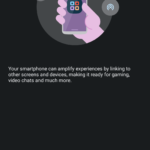




















Neerav, personally I would not consider either the Samsung S21 FE 5G, or this Motorola Edge 30 Pro, as neither has microSD support.
I understand your point of view. Unfortunately there are fewer and fewer phones released that support microSD 🙁
the phone doesnt support 5G mmwave bands
and the phone got wifi 6e enabled for australia
How can the lack of support of mmwave 5G from Telco’s in Australia make this an undesirable phone? Wi-Fi 6E is in a similar boat.Point being, if this phone did have 5G mmwave or Wi-Fi 6E, you WOULDN’T be able to make use of it. Stop trolling and be positive for a change.
@Neerav Bhatt, thank you for the review. Greatly appreciated. Personally, I think for the a similar sort of money, the S21FE would make a better choice.
Thanks Sujay. Yes for some people the S21 FE 256GB is better, especially if it’s on sale around $900 or less